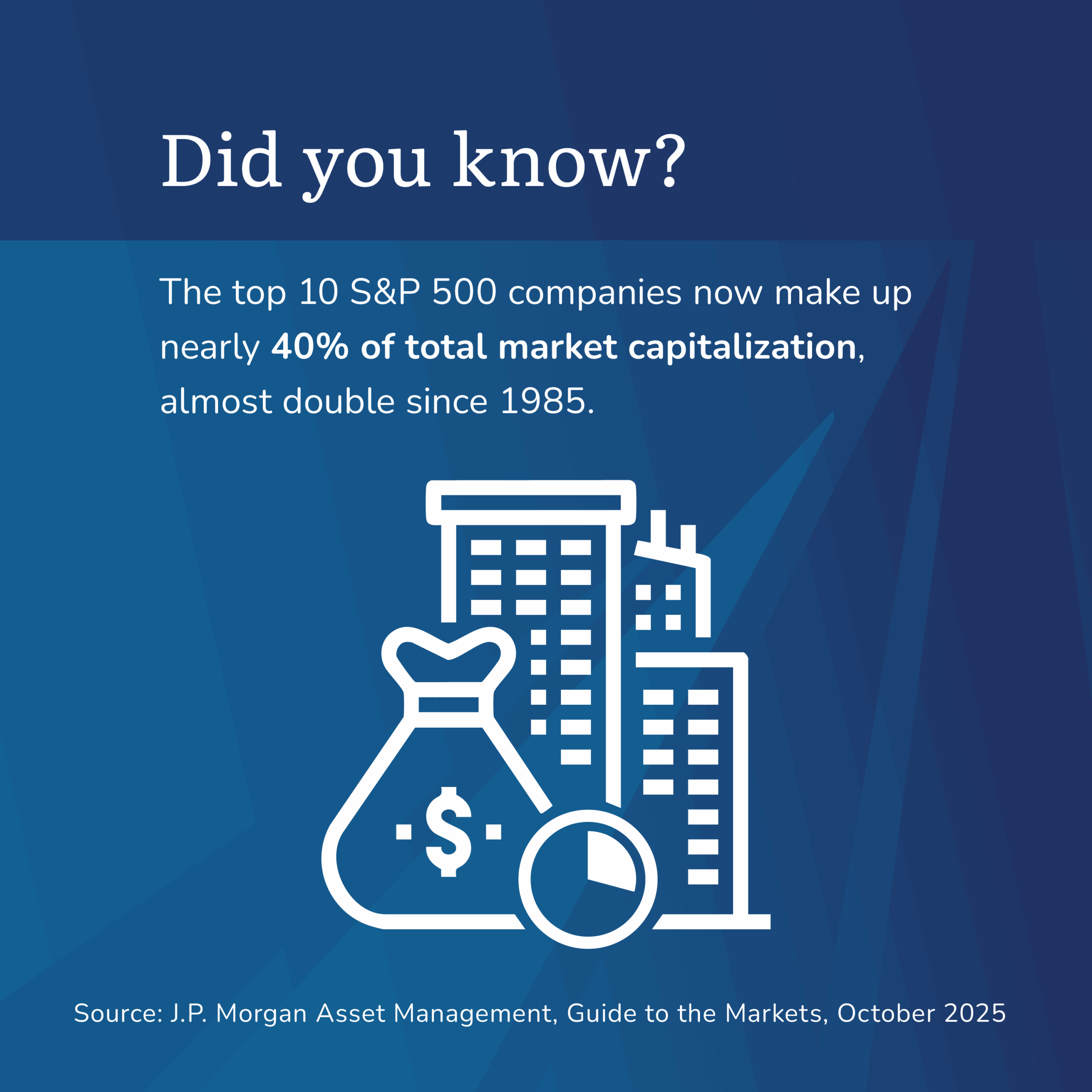Rebuilding Financial Confidence After Divorce: Managing Risk & Moving Forward
Divorce is not just an emotional transition—it’s a financial one, too. The process of separating assets, redefining financial goals, and adjusting to a new financial reality can feel overwhelming. But with the right mindset and strategies, you can regain control and build a future that aligns with your new chapter in life.

Understanding Financial Risk After Divorce
Your financial risk tolerance may shift post-divorce, especially if you were previously making financial decisions with a partner. Perhaps your former spouse was more risk-tolerant, or maybe you relied on their income for financial security. Now, it’s time to assess where you stand and make adjustments that reflect your individual situation.
Give Yourself Space to Process
Divorce is a significant life change, and financial decisions made in the heat of emotion can lead to regret. Take time to understand your new financial landscape before making major investment or spending decisions. A temporary pause can help you approach financial choices with clarity and confidence.
Assess Your New Financial Landscape
Start by taking a full inventory of your assets, liabilities, income, and expenses. Create a post-divorce budget that reflects your current financial situation and long-term goals. Understanding what you have—and what you need—will help you make informed decisions about saving, investing, and spending.
Strengthen Your Financial Safety Net
With a single income, financial protection is more important than ever. Consider:
- Building an emergency fund to cover at least 3-6 months of expenses.
- Reviewing insurance policies, including health, life, and disability coverage.
- Updating estate plans to ensure beneficiaries and directives reflect your new situation.
Reevaluate Your Financial Goals
Your goals may have changed post-divorce. Are you saving for a home? Planning for your children’s education? Aiming for an early retirement? Clarify your priorities so you can align your financial plan accordingly.
Adjust Your Investment Strategy with Confidence
Your risk tolerance may look different now. If you were more conservative before, you might need to take a more growth-oriented approach to ensure financial security. Conversely, if your former spouse was the primary income earner, you may want to focus on stability first. A financial advisor can help tailor an investment strategy that fits your new financial reality.
Embrace Your Financial Independence
For many, divorce brings a newfound sense of control over financial decisions. While this can be daunting—especially for women—it’s also an opportunity to align your finances with your own values and aspirations.
Focus on Your Future, Not the Past
It’s natural to feel anxious about finances post-divorce, but focusing on what’s within your control will empower you. Small, intentional steps—like tracking expenses, automating savings, and making informed investment choices—will help you regain confidence and financial security.
Allow Yourself Time to Grow
Adjusting to financial independence takes time. Be patient with yourself and seek professional guidance if needed. A financial advisor can provide clarity, structure, and a personalized roadmap to ensure your financial well-being.
Taking the Next Step
Rebuilding financial confidence starts with a plan. At Evensky & Katz/Foldes, we specialize in helping individuals navigate post-divorce finances with clarity and confidence. If you’re ready to take control of your financial future, Connect with an advisor.
Categories
Recent Insights
-

Here’s How To Take Your Wine Investment Portfolio to the Next Level
Many investors exploring the world of wine as an asset start with a handful of bottles or a platform account. However, the real challenge (and opportunity) lies in taking a portfolio from “starter” to strategically optimized.
-

The OBBA §179 Deduction: Conversations Every Business Owner Should Be Having
It’s all the buzz… Congress passed another “new law” — the One Big Beautiful Bill Act (OBBBA). In it, major changes to the OBBA §179 deduction start in 2025. For small and mid-sized businesses, this could result in significant tax savings and better cash flow when investing in equipment, technology, or improvements. Forget all the…
-

Collaborative Divorce: Navigating Legal and Financial Decisions with Clarity
Divorce can be one of life’s most challenging transitions, affecting both emotional well-being and financial stability. How the process unfolds can influence your future for years to come. Collaborative divorce offers an approach that emphasizes clarity, control, and cooperation. While it may not be right for everyone, it provides a structured path for families who…
-

Giving Back—and Giving Forward: A High-Level Look at Charitable Lead Trusts
For families and individuals who want their wealth to reflect their values, estate planning is about more than numbers—it’s about purpose. Many seek ways to have a lasting philanthropic impact while also ensuring their loved ones are supported for generations. A Charitable Lead Trust (CLT) is one strategy that can help accomplish both. Real-Life Scenarios:…
-

Talk Your Chart | Artificial Intelligence, Global Markets, And What Really Drives Returns | Ep. 73
In Episode 73 of Talk Your Chart, Marcos and Brett begin by diving into the ongoing debate about Artificial Intelligence (AI) and its potential as a market bubble. They explore the real-world implications of AI for the economy, industries, and global markets. Drawing on historical market comparisons, such as Alan Greenspan’s 1996 warning about “irrational…
